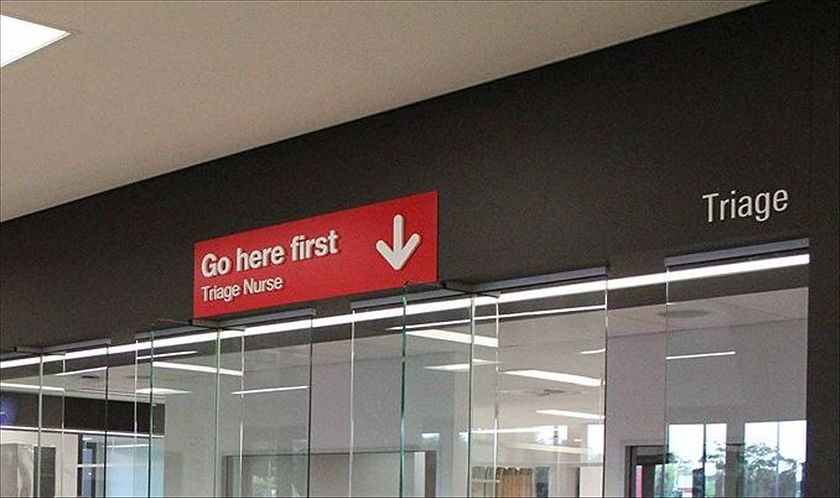Currency Risk Triage for Corporate Treasury and Finance
Post on: 16 Март, 2015 No Comment

Like a modern hospital, the contemporary organization exists in an incredibly complex and multi-dimensional environment. For the typical corporate treasury and finance professional, an ongoing “triage” process must be undertaken, so that risks are operated on in a strategically prioritized manner.
Foreign exchange liabilities simply represent a subset of market exposures, which are then part of the plethora of financial risks that a company faces. Historically, this meant that they received little attention outside of the rarefied risk management space. However, this is changing as companies expand their international reach, and as the pace of change accelerates in markets themselves.
That being said, all currency risks are not the same. Like an emergency room surgeon, treasurers must judge the severity of the exposure, and then allocate resources in a pragmatic manner. This means that risks are most often selectively hedged.
Understand the risks
Before deciding on which risks should be addressed, most businesses must understand two things—how material is the risk, and how likely are the associated losses?
In many cases, a simple sensitivity analysis can provide the answer to the first question, by measuring the impact associated with movement in a single currency pair. The beauty in this approach is the fact that the results are easily understood by a range of stakeholders. When the impact of a five per cent move in the Brazilian real is expressed using metrics such as operating income or earnings per share, a materiality-driven hedging decision becomes much simpler.
The next question is whether a given currency will actually move to a damaging degree, and how it will move in conjunction with other components of a company’s financial framework.
During a normal market cycle, markets tend to move within a fairly stable range, and many currencies (and other asset classes) will move in a correlated fashion. For example, the average daily trading range for EURGBP was less than 100 basis points during 2010, making it a less dangerous exposure than EURAUD. And EURUSD has tended to be negatively correlated with USDCHF for much of the last decade, meaning that exposures have often effectively cancelled each other out.

However, as we saw during financial crisis of 2008-2009, trading relationships in the currency markets can (and do) break down over time. Cascading market movements can swiftly reverse historical precedents. Calculations based on backward-looking normal distributions such as Value at Risk (VaR) can be easy to misunderstand—and incredibly dangerous when misunderstood. Two or three times every decade, a market event comes along that falls outside of VaR’s predictive capability, and financial decision makers are immediately called onto the mat to explain the imagined shortfall.
Accordingly, many sophisticated treasury and finance groups complement these approaches with ongoing enterprise-wide stress tests that analyze survivability in the face of extreme events. With this information in hand, a treasury and finance professional can develop a two-cycle framework that keeps the firm well hedged during normal conditions, but also tactically reduces risk when markets go awry, as they so often do.
Using these methods will simply help to quantify your organization’s performance amidst a range of currency market outcomes, allowing you to prioritize between risks.
Karl Schamotta is a Senior Market Strategist. Western Union© Business Solutions.
Excerpted from the upcoming July issue of Risk .














